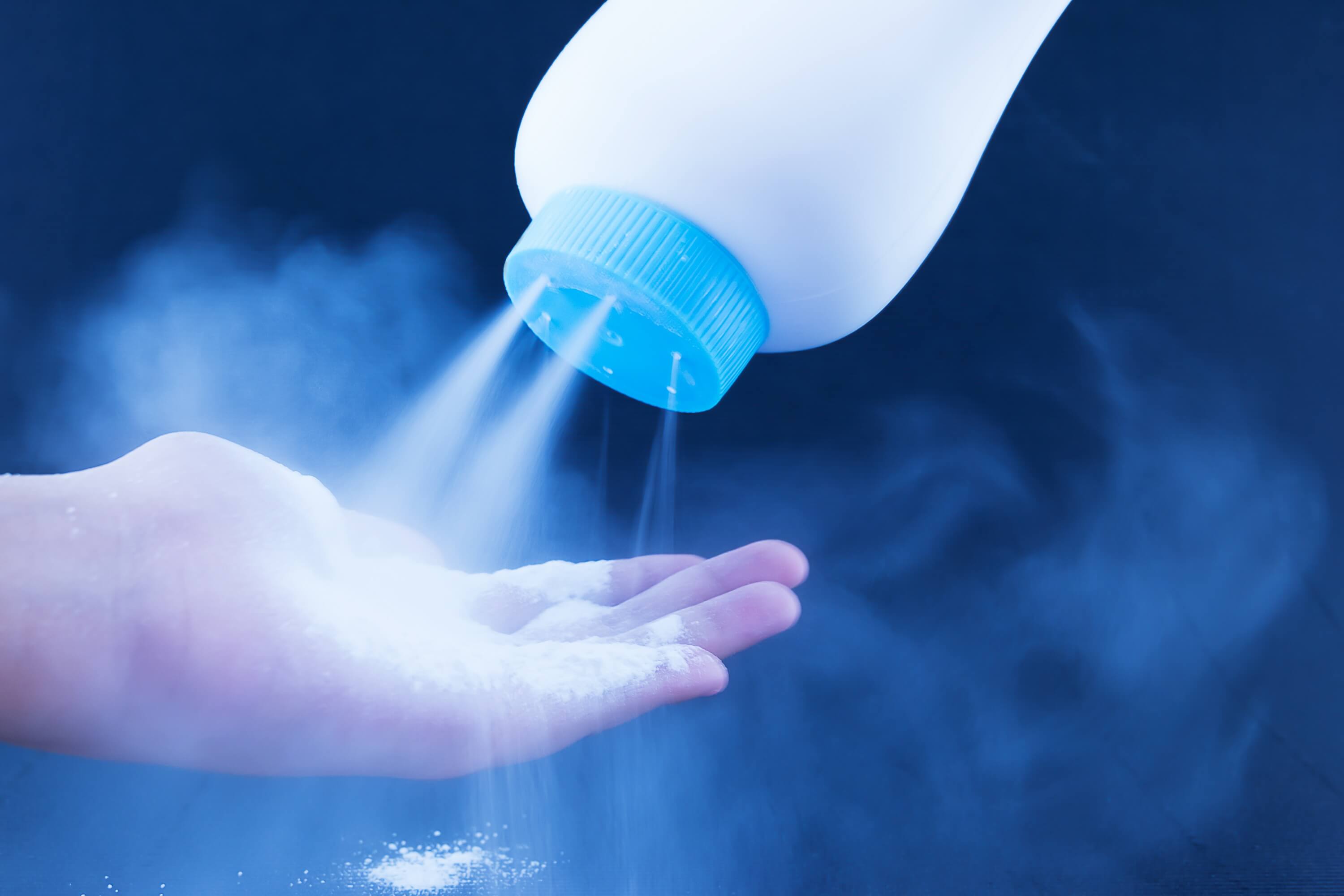The jury in the fourth baby powder cancer trial listened to the expert testimony of David C. Steinberg last week, who believes Johnson & Johnson (J&J) should have warned consumers of the risk of ovarian cancer as far back as 1982.
Mr. Steinberg pointed out to the jury that a 1982 study provided sufficient evidence that the talc in baby powder could cause ovarian cancer. The 1982 study combined with studies published throughout the previous decade should have made J&J aware of the cancer link.
Mr. Steinberg also disagreed with the company’s attitude toward conducting studies to determine talc’s safety in the 1990s. According to internal J&J documents, in 1994, the company didn’t want to pay for studies evaluating talcum powder. Instead, J&J wanted the studies to be funded by the government. Because the cosmetic industry is largely unregulated by the U.S. Food and Drug Administration (FDA), Mr. Steinberg believes it was J&J’s responsibility to conduct the studies themselves.
Also implicated in the trial is J&J’s talc supplier, Imerys S.A., which Mr. Steinberg believes should have given J&J an ultimatum: include a warning of the cancer risk, or Imerys would stop supplying talc.
While talc has been used in baby powder for more than 100 years, there are safer alternatives available. J&J has sold cornstarch-based baby powder since the 1970s, but talc-based baby powder continues to be the company’s bread and butter in its baby products division sales numbers.
What is Talc?
Talc is a naturally occurring mineral composed of mostly magnesium, oxygen, and silicone. When ground into a powder, it is commonly used to absorb moisture and prevent rashes on the skin. Because of its moisture-absorbing properties, talc is a popular ingredient in many cosmetic products, but studies dating as far back as 1971 have suggested using talc around the groin can cause ovarian cancer.

